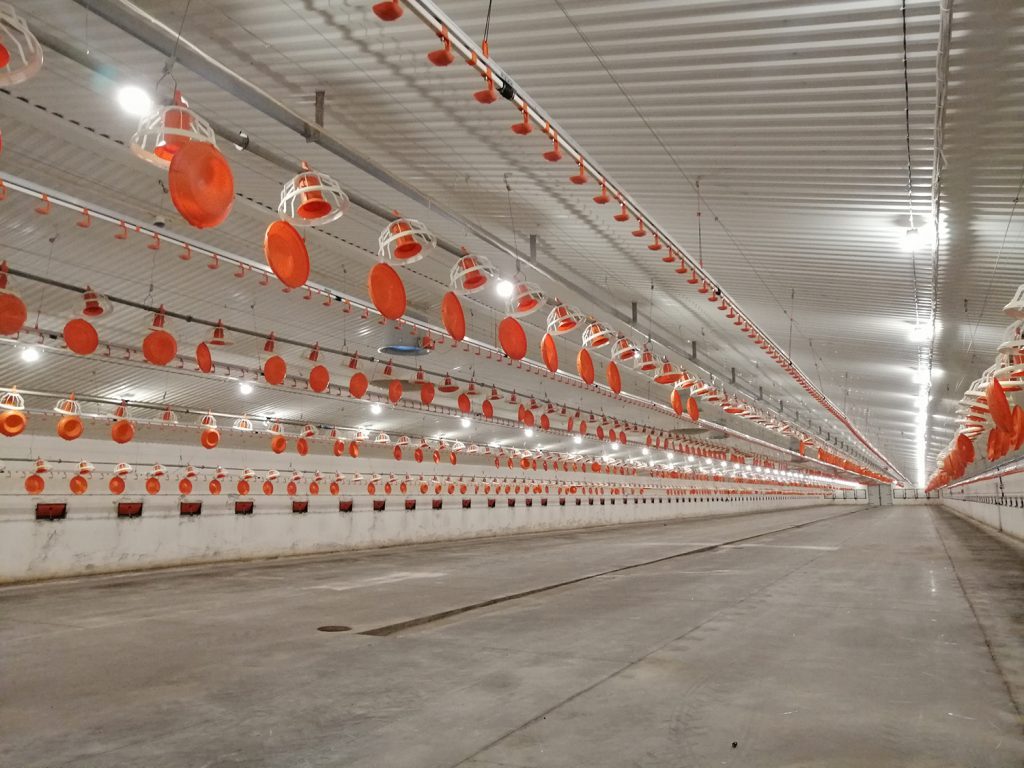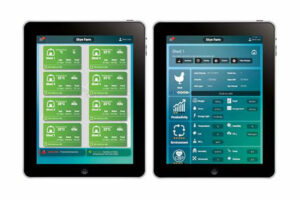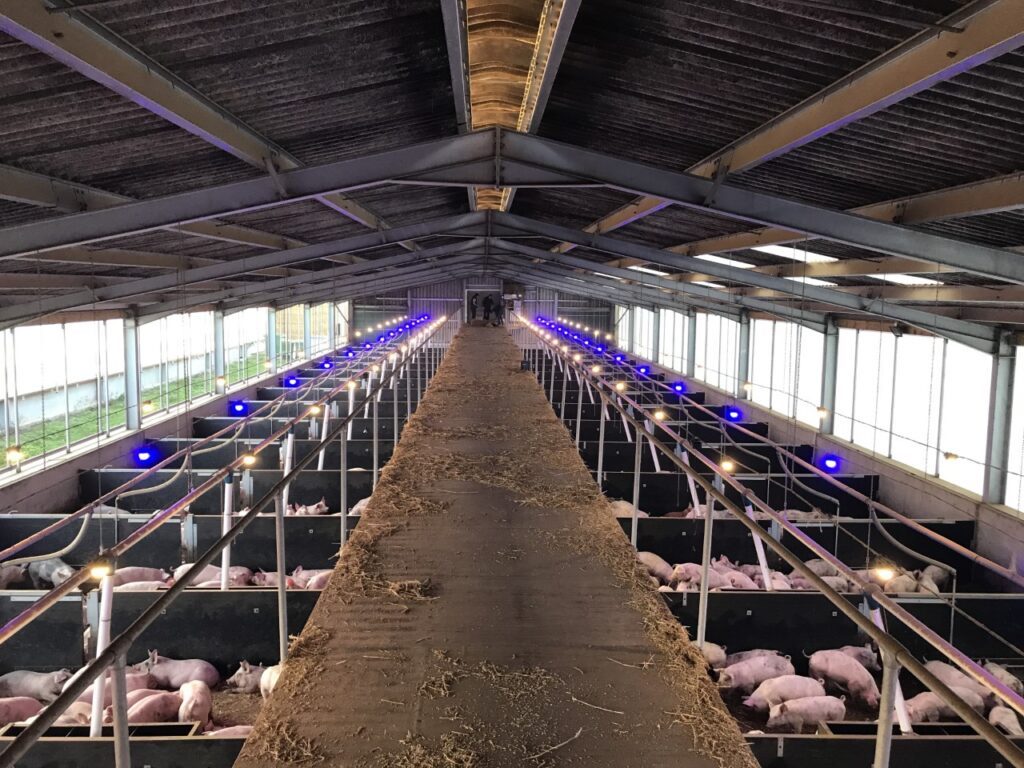Sensor and app tech drives welfare and profitability
4th March 2022
As farmers face ongoing recruitment problems, price rises and regulatory changes, Chris Beamish, chief operating officer at Greengage Agritech, explores robust technology that can be incorporated into the farm’s existing set up, improving welfare, efficiency and profitability.
A specialist in bespoke lighting and sensor solutions, Greengage offers four packages for broilers, breeders, layers and swine, all of which are based around its flagship ALIS barn lamp – patented induction powered technology that is highly safe and efficient.
Its app and sensor technology create a ‘virtual stockman’ – although Mr Beamish says the technology does not take away from the stockman’s base skills, but allows farms to do more with less, reducing pressure on labour.
The sensor system has seven sensors contained within four units which measure the environment (light, temperature, CO2, NH3 and humidity); and welfare/behaviour (acoustic and movement). Movement sensors use infrared cameras to assess behaviour while acoustic sensors measure key vocalisation parameters to assess welfare.
A University of Newcastle study, commissioned by Greengage, revealed it is possible to pick up several different vocalisations in newly placed chicks. Early-stage stress calls were identified as having key welfare and productivity impacts.
It was also found that stress signals can spread from one animal to the rest of the flock. The ability to remotely pick up distress calling creates the potential to identify welfare issues at an early stage, preventing potential productivity losses, Mr Beamish said. Greengage is currently working with BQP to establish how infrared and acoustic technology could be used with swine.
The app can be used on a phone, tablet or desktop and provides individual shed information. If an alarm threshold is crossed, the user is alerted. In this way it works as a management tool – if a worker comes on shift, they can prioritise what needs to be done. Users can also see the difference in performance between sheds, helping to pinpoint potential issues.
Mr Beamish said: “If you monitor and improve welfare, by default you’ll get higher productivity.”
Greengage is also in the early stages of developing an Animal Welfare Index (AWI), which couples sensor data with information already being gathered on farm (e.g. mortality, growth, intake, water and electricity usage). This builds a ‘welfare picture’ of each shed which can be used to help farms determine what constitutes a good shed for them, and how to replicate it consistently. The user can set their own targets and incorporate changes to regulatory requirements, and the system will measure how well targets are adhered to.
Disease detection is also in the pipeline and one of the simplest things to look at is fever. For swine, the company is also looking at identifying areas of inflammation for early detection of tail biting. Greengage hopes to get traction on this and the AWI from supermarkets, so that high welfare products could carry a premium.



